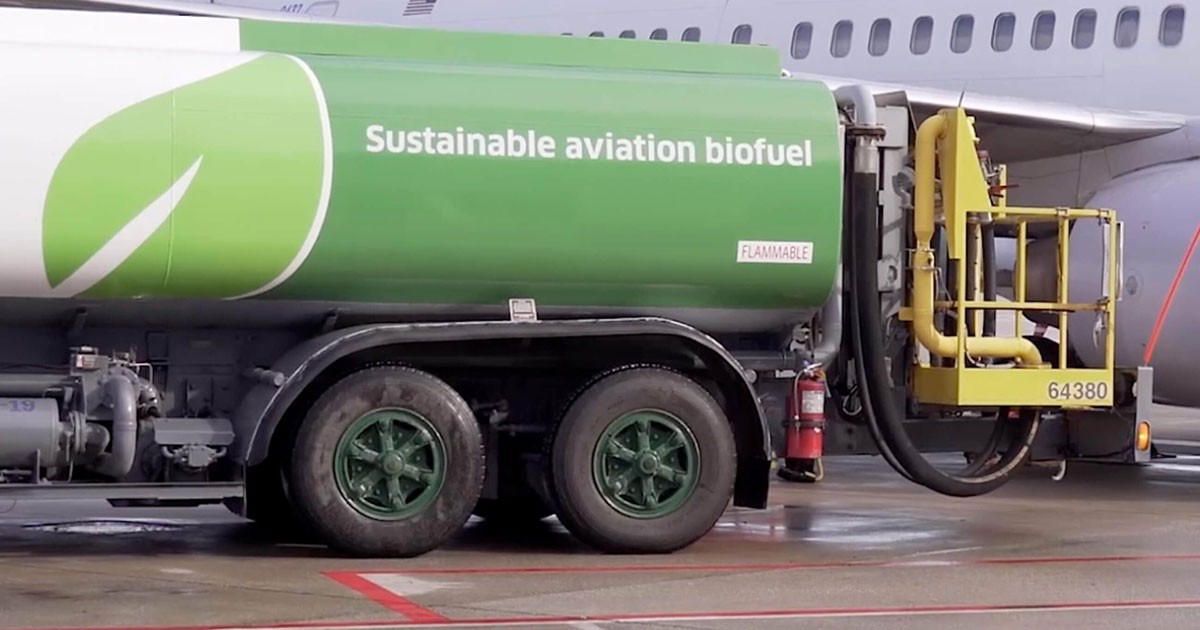
Sustainable Aviation Fuel (SAF), often abbreviated to SAF, is a type of jet fuel produced from renewable and sustainable sources. Unlike conventional fuel derived from fossil fuels, SAF is made from feedstocks such as agricultural residues, waste oils, and biomass. Its potential lies in significantly reducing aviation’s greenhouse gas emissions by up to 80% compared with traditional jet fuels.
SAF is not derived from fossil-based oil or gas. Instead, it is made by refining organic or waste substances, or created synthetically. This means it is produced from captured carbon dioxide and renewable or zero-carbon electricity. The UK government aims to boost SAF production and use by introducing a rule that at least 10% of aircraft fuel must be made using sustainable materials by 2030. Demonstrating its feasibility, the first SAF-powered transatlantic flight of a large passenger plane took place in late November 2023.
The biological materials used to create SAF include cooking oil, animal waste fat, agricultural and forestry waste, and municipal waste. However, SAF still needs to be blended with traditional aviation fuel, which is made from fossil fuels134. Airlines committed to achieving net-zero carbon emissions by 2050 recognize SAF as a crucial step toward greener skies, aiming to cut their emissions by 65%.
SAF offers a promising pathway to reduce aviation’s environmental impact, bridging the gap between air travel and a net-zero world. By embracing sustainable alternatives, the aviation industry can soar toward a cleaner future.
